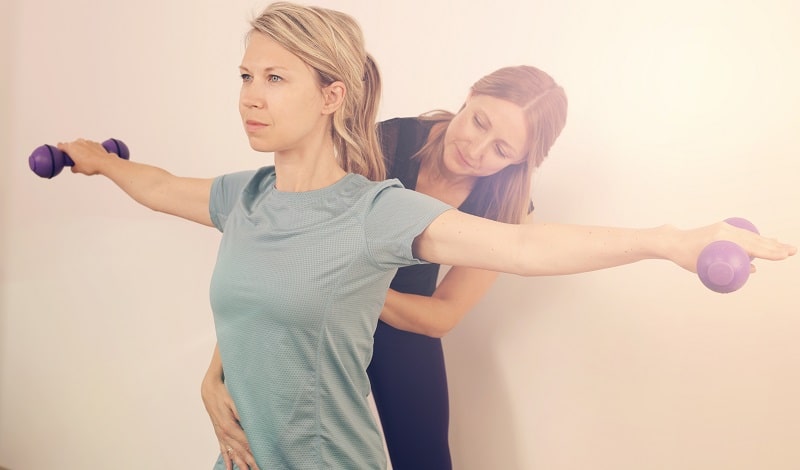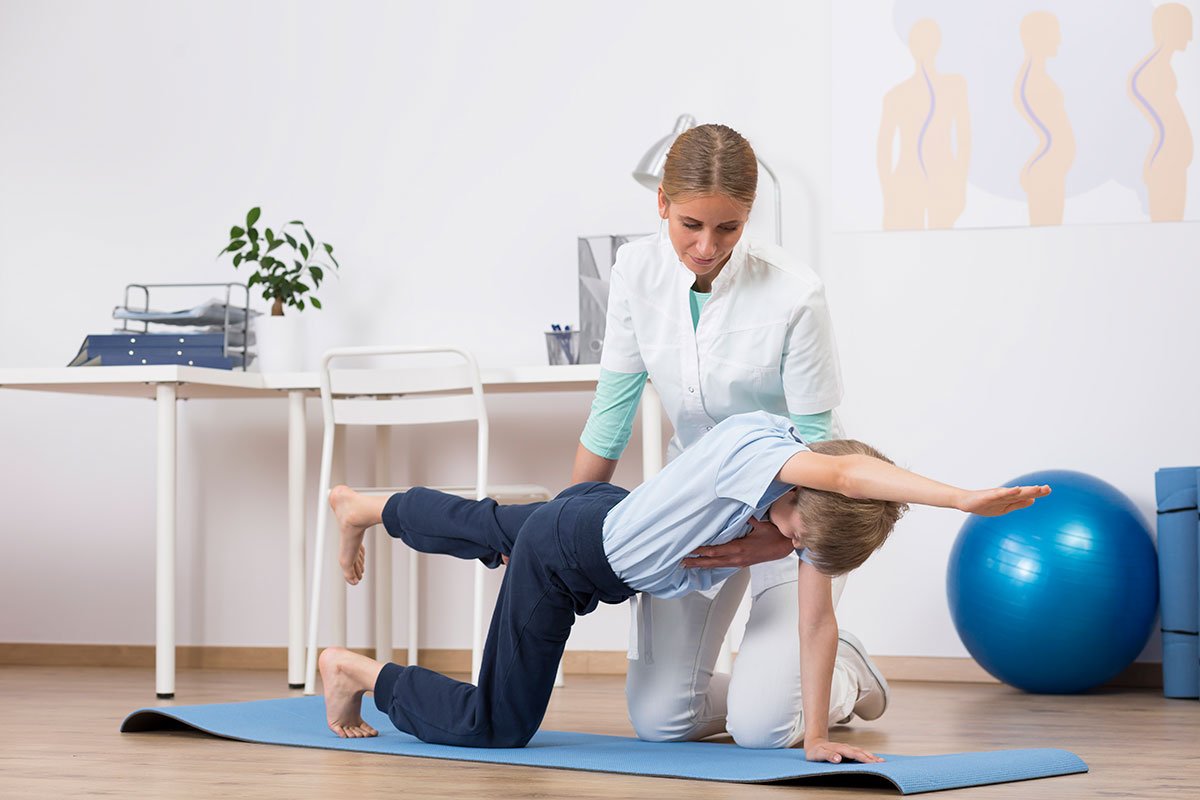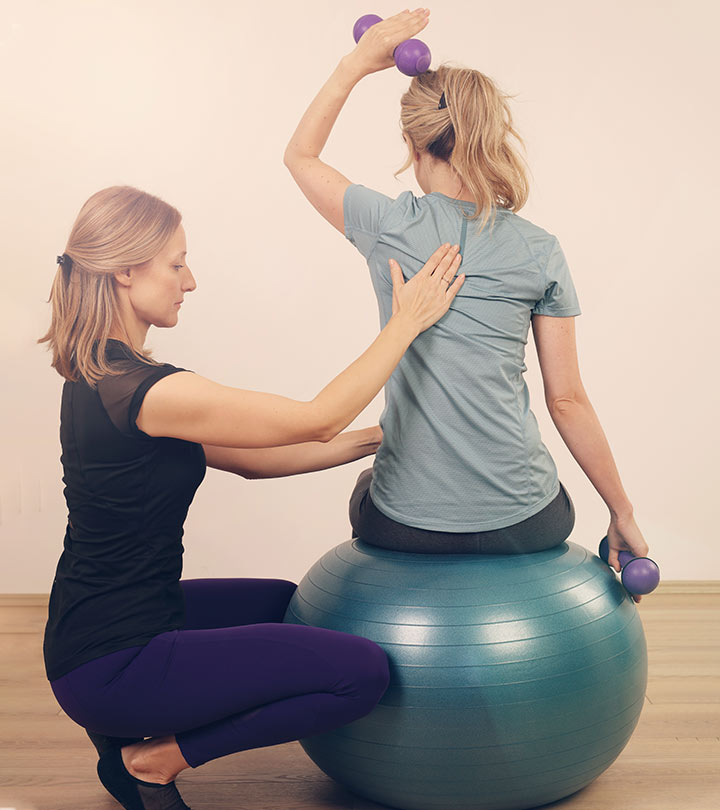
Scoliosis is distortion of the spine and it can happen in two forms: distortion on the left or right making a C or an S of your spine. This is caused by repaid growth of the child and it can happen to adults as well, especially to woman who are pregnant or have difficulties with the birth. It affects the ability of the central nervous system to help muscles contract and shorten.
A typical spine can move from side to side and ultimately revert back to the center. People with scoliosis can bend only in one direction, and are unable to access movement in the opposite direction.
Treatment of scoliosis varies from person to person, depending on how severe the curvature is and how much growing they have left to do. The aim is to prevent the curve from getting worse.
In general, adults with scoliosis can engage in exercise and recreational sports without undue risk. Exercise can be therapeutic for adults with scoliosis who have had spinal fusion. When the mobility of the spine is limited because of the fusion, one can feel somewhat inflexible for normal daily movements such as bending over or reaching for objects. A potential solution to this problem can be found by realizing that most of us adults only use a portion of the potential flexibility in our hip joints. The full mobility of the hip can be developed by daily stretching of the ham-strings, quadriceps, hip flexor and muscles. This increase in hip flexibility can then be substituted for the loss in spine mobility, and make it easier to move in desired directions.

1- Stretch Up and Reach Down: Stand with your back against a wall, both arms dangling freely at your side. Standing with your back against the wall to perform this exercise helps you avoid bending forward or backward. If the left side of your back is your tight side, lift up your left arm so that it’s pointing straight toward the ceiling. Reach up toward the ceiling with your left hand. At the same time, reach toward the floor with your right hand. You should feel a subtle shift in your spinal alignment with this stretch. Hold your stretch for five seconds, then relax. Repeat your stretch up and reach down exercise a total of 10 times, and perform your stretch two to three times per day.
2- Side Stretch: Stand with your feet about shoulder-width apart and your back against a wall, both arms dangling freely at your side. This is your starting position. If the left side of your back is your tight side, lift your left arm above your head and bend sideways to your right, away from your tight muscles. Put your right hand on your right hip to brace your movement, and apply gentle pressure into your right hip to augment your stretch. Reach over your head with your left arm as far as you’re capable of reaching. You should feel a gentle stretch in your tight, left-sided back muscles and in the muscles between your ribs. Hold your stretch for five seconds before slowly returning to your starting position. Repeat your side stretch exercise a total of 10 times, two to three times per day.
3- Up and Down Dog: In a prone plank position with your arms stretched out straight, push your hips back as far as possible. Hold this for two seconds, and then lower your hips back down toward the floor. Try to get as low as possible without giving yourself back discomfort or pain. Perform two to three sets of five to 10 reps.
4- Split Stance with Arm Reach: Step forward with the “longer” leg in front in a slightly exaggerated stride length. Keep your torso as upright as possible at all times. Begin shifting your weight back and forth, allowing the forward knee to bend as you feel the weight shift onto it. As you shift your weight forward, raise the arm that is opposite of your forward leg as high as possible to the sky. While that arm is reaching upward, reach the other arm back with the palm up as much as possible. This causes the torso and spine to turn toward the side of the forward leg. Perform this exercise only on that side. Perform two to three sets of five to 10 reps.

More:
- Avoid carrying heavy bags on one shoulder. Get a rucksack type bag and wear it properly or regularly alternate carrying arms and shoulders.
- If you are a one sided sports person e.g. Javelin thrower, hurdler or tennis player, at the end of each practice make sure you throw a few times with your wrong arm or hit a few balls with the other arm. Get into the habit – it will be worth it in the long run
- Certain exercises may be prescribed by a physician to help you with your specific structural difference, but they are not a means for treatment. Treatment for moderate to severe scoliosis will most likely involve surgery. Mild scoliosis however, will usually not require significant medical attention and is not as visible to the eye as other posture disorders.
Disclaimer
The Content is not intended to be a substitute for professional medical advice, diagnosis, or treatment. Always seek the advice of your physician or other qualified health provider with any questions you may have regarding a medical condition.